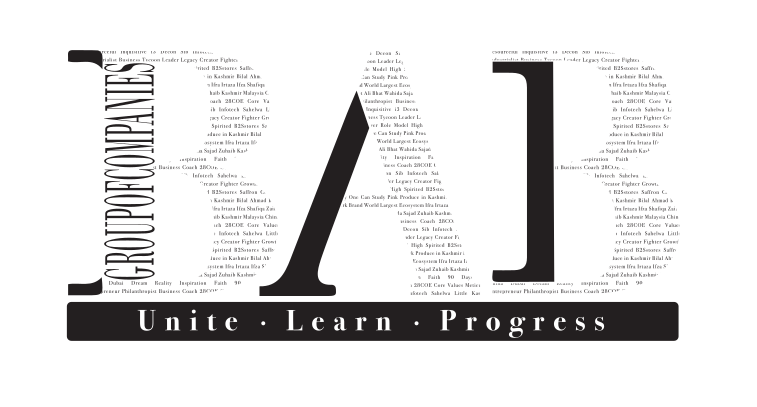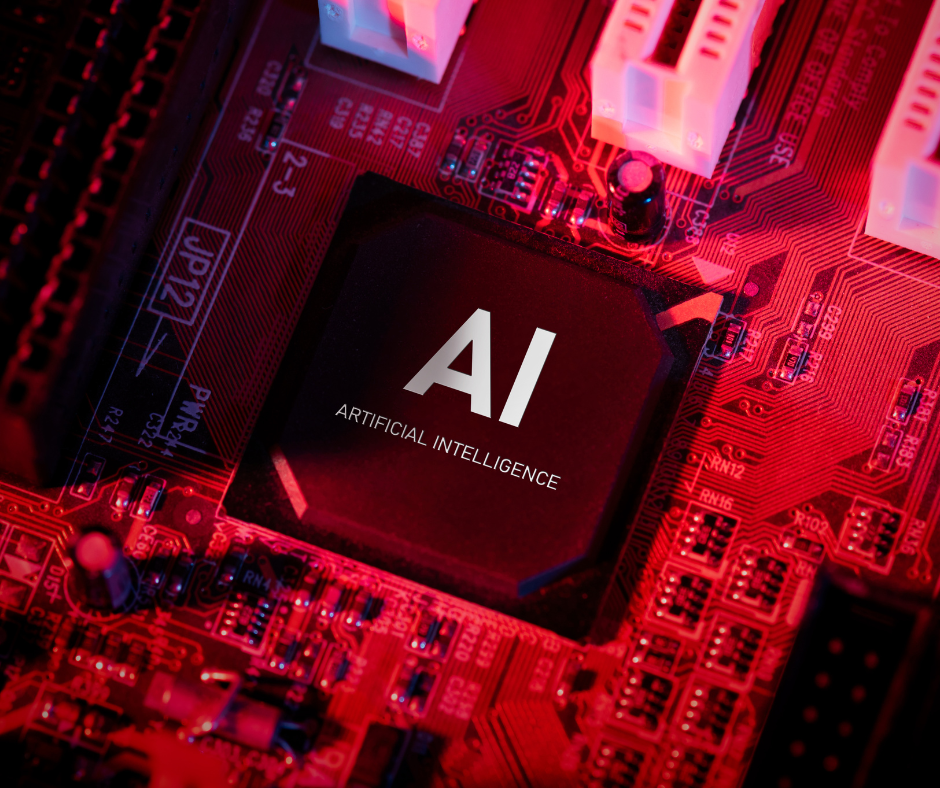Artificial Intelligence (AI) has garnered immense attention for its potential to revolutionize industries across the globe. However, amidst the hype and optimism, misconceptions often overshadow the true transformative power of AI. Dr. Bilal Ahmad Bhat, Founder of the BAB Group Of Companies, delves into these misconceptions and provides actionable insights into harnessing AI’s true potential.
- AI as a Panacea
Misconception: Many perceive AI as a one-size-fits-all solution capable of solving any problem effortlessly.
Reality: While AI excels in automating routine tasks and processing large volumes of data, its application requires careful consideration of context, ethical implications, and human oversight. Understanding AI’s limitations and capabilities is crucial for leveraging its potential effectively.
- Job Replacement vs. Job Enhancement
Misconception: AI will entirely replace human jobs, leading to widespread unemployment.
Reality: AI augments human capabilities by automating repetitive tasks, enhancing decision-making processes, and enabling more efficient resource allocation. It complements rather than substitutes human labor, creating new job roles focused on AI development, data analysis, and strategic innovation.
- Ethical and Bias Concerns
Misconception: AI algorithms are unbiased and objective.
Reality: AI systems are susceptible to biases inherent in data collection, algorithm design, and decision-making processes. Addressing ethical considerations such as fairness, transparency, and accountability is essential to mitigate biases and ensure responsible AI deployment.
- AI Adoption as a Silver Bullet
Misconception: Implementing AI guarantees immediate success and competitive advantage.
Reality: Successful AI adoption requires strategic planning, infrastructure readiness, talent acquisition, and ongoing investment in training and development. Organizations must align AI initiatives with long-term business goals, cultural integration, and customer-centric innovation.
- Overlooking Human-Centric Design
Misconception: AI-driven solutions prioritize technology over human needs and experiences.
Reality: Effective AI implementation integrates human-centric design principles, emphasizing user experience, accessibility, and ethical considerations. Collaboration between AI specialists, domain experts, and end-users ensures solutions that are intuitive, inclusive, and aligned with real-world needs.
Actionable Insights for Harnessing AI’s Transformative Power
- Education and Training: Invest in continuous learning initiatives to upskill employees for AI-related roles and responsibilities.
- Ethical Framework: Establish robust governance frameworks and ethical guidelines to guide AI development, deployment, and monitoring.
- Collaborative Innovation: Foster interdisciplinary collaboration to leverage diverse perspectives and expertise in AI-driven innovation projects.
- Customer-Centric Approach: Prioritize customer insights and feedback to tailor AI solutions that enhance user satisfaction and address specific pain points effectively.
Conclusion
AI holds immense potential to transform industries, drive innovation, and enhance operational efficiency. However, realizing AI’s true transformative power requires overcoming misconceptions, addressing ethical challenges, and adopting a strategic, human-centric approach. As Dr. Bilal Ahmad Bhat advocates, embracing AI responsibly empowers organizations to navigate complexities, foster sustainable growth, and shape a future where technology serves humanity’s greater good.

